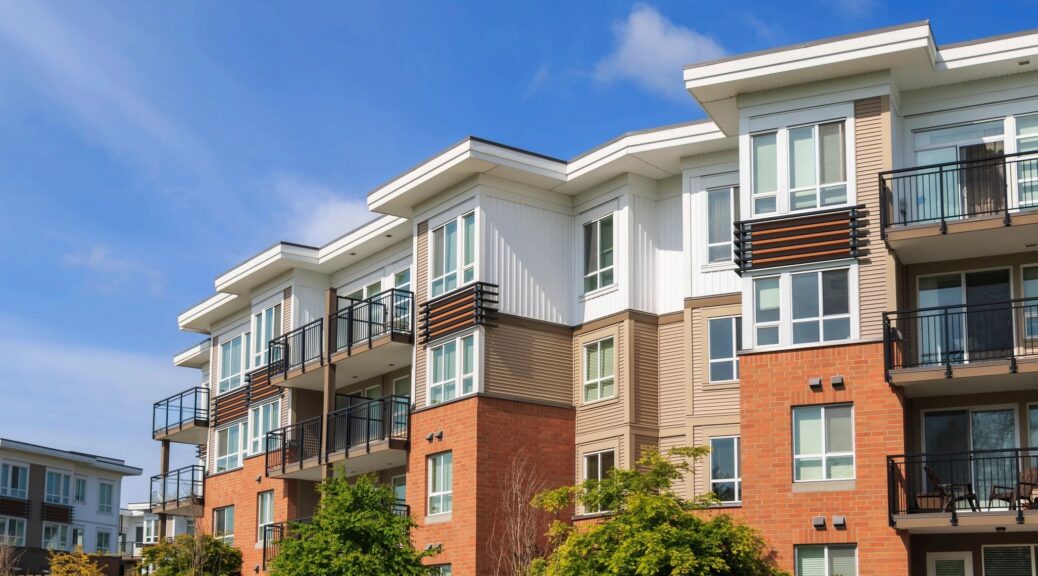
Reserve Studies
Understanding Reserve Studies: Your HOA’s Blueprint for the Future
What is a Reserve Study?
A Reserve Study is an indispensable financial planning instrument for homeowners associations (HOAs) and condominium boards, offering a clear path and detailed scrutiny of a community’s shared assets. It requires a detailed on-site inspection and evaluation of the current reserve fund to draft a priority list of capital improvements and to devise a funding strategy covering the next three decades. Regular updates to the reserve study, recommended every three to five years, are essential in keeping the financial forecast up to date and ensuring sufficient reserve funds.
The Critical Role of Reserve Studies
Operating without a reserve study is akin to navigating without a compass. It’s imperative for an HOA to exercise its fiduciary duty by commissioning a dedicated reserve study firm. This ensures the legacy of a meticulously crafted plan for present and future boards. A reserve study stands as a guide for new board members, offering insight into past financial decisions. An expert reserve study firm will not only perform the initial assessment but will also offer ongoing support and updates to keep the association’s financial trajectory on course.
The Reserve Study as an Investment Plan
For an association, a reserve study functions much like a strategic investment plan, earmarking funds today to manage future costs. Its effectiveness lies in a deep understanding of long-term expenses and the capability to fund them through a reserve.
Why Reserve Studies Matter
Reserve studies are the telescope through which property managers and HOA boards can view their financial landscape and property upkeep. They dictate the maintenance of common areas, such as pools and pathways, through informed recommendations. A reserve study is a vital tool for a board of directors tasked with safeguarding and enhancing community assets. It enables the creation of multi-year financial strategies to foresee and prepare for the repair and replacement of shared property components.
Navigating Your Reserve Study
When seeking a reserve study provider, choose a company that employs multi-disciplinary engineers with recognized industry certifications. Expect a comprehensive plan detailing the state of community common areas and a robust financial strategy for future expenditures. According to the Community Associations Institute (CAI), a reserve study should include seven core elements for effective capital project prioritization and fiscal health. Beyond the essentials, a superior reserve study will also feature illustrative tables, graphs, and visuals to facilitate understanding, all of which are integral to the report.
Key Contents of a CAI-Compliant Reserve Study
- An overview of the association’s units, physical description, and reserve fund financial status.
- Forecasts of the reserve starting balance, suggested contributions, anticipated expenses, and the projected reserve balance over 20 years.
- Inventory listing of components, their quantities, lifespans, and current replacement costs.
- Methods and goals used in determining the Fund Status and creating the Funding Plan.
- Sources for repair or replacement cost estimates.
- The service level at which the reserve study was conducted.
- The fiscal year the reserve study represents.
Interested in how a reserve study can safeguard your association’s future? Reach out to us.
Have Questions? Get in Touch!